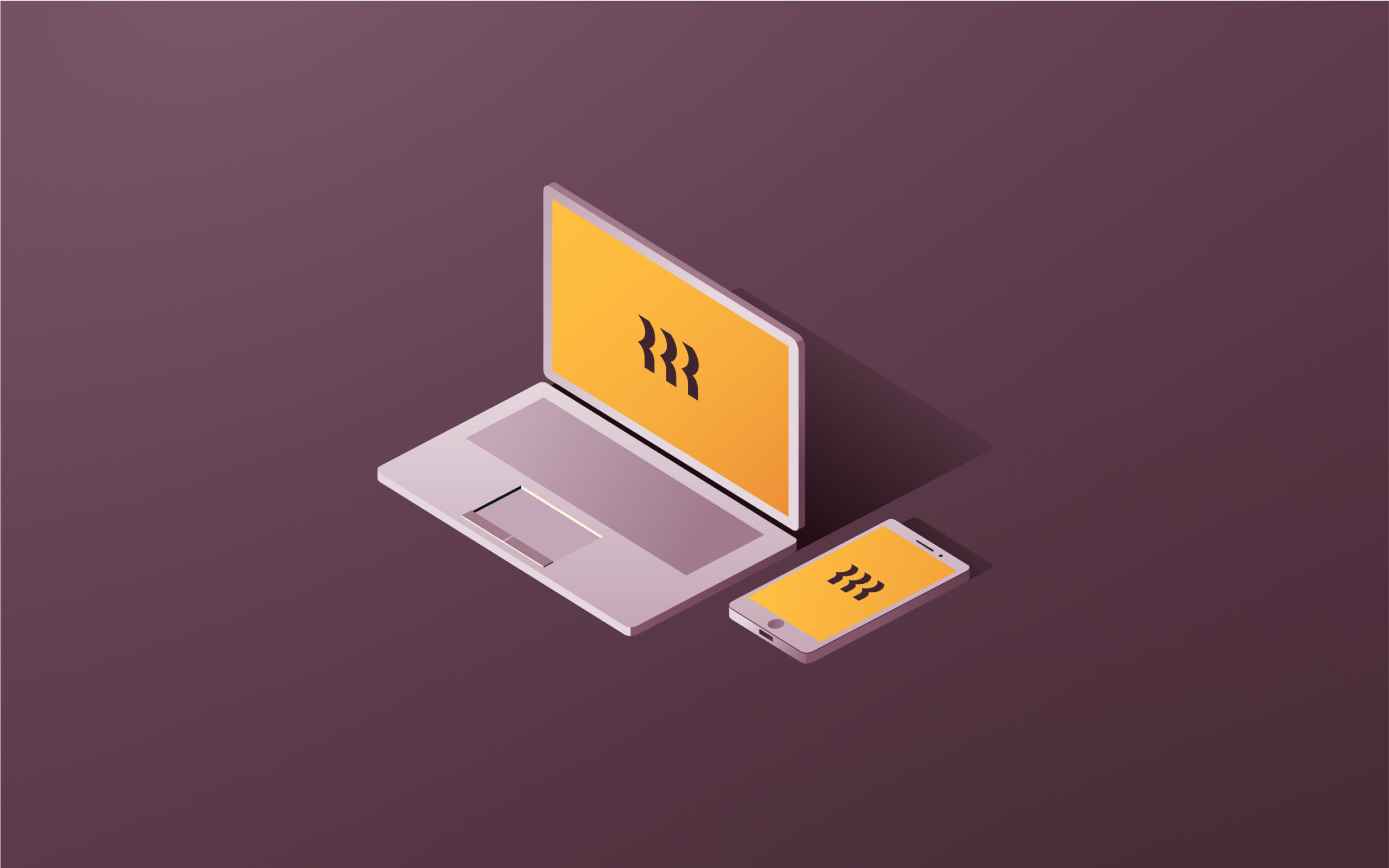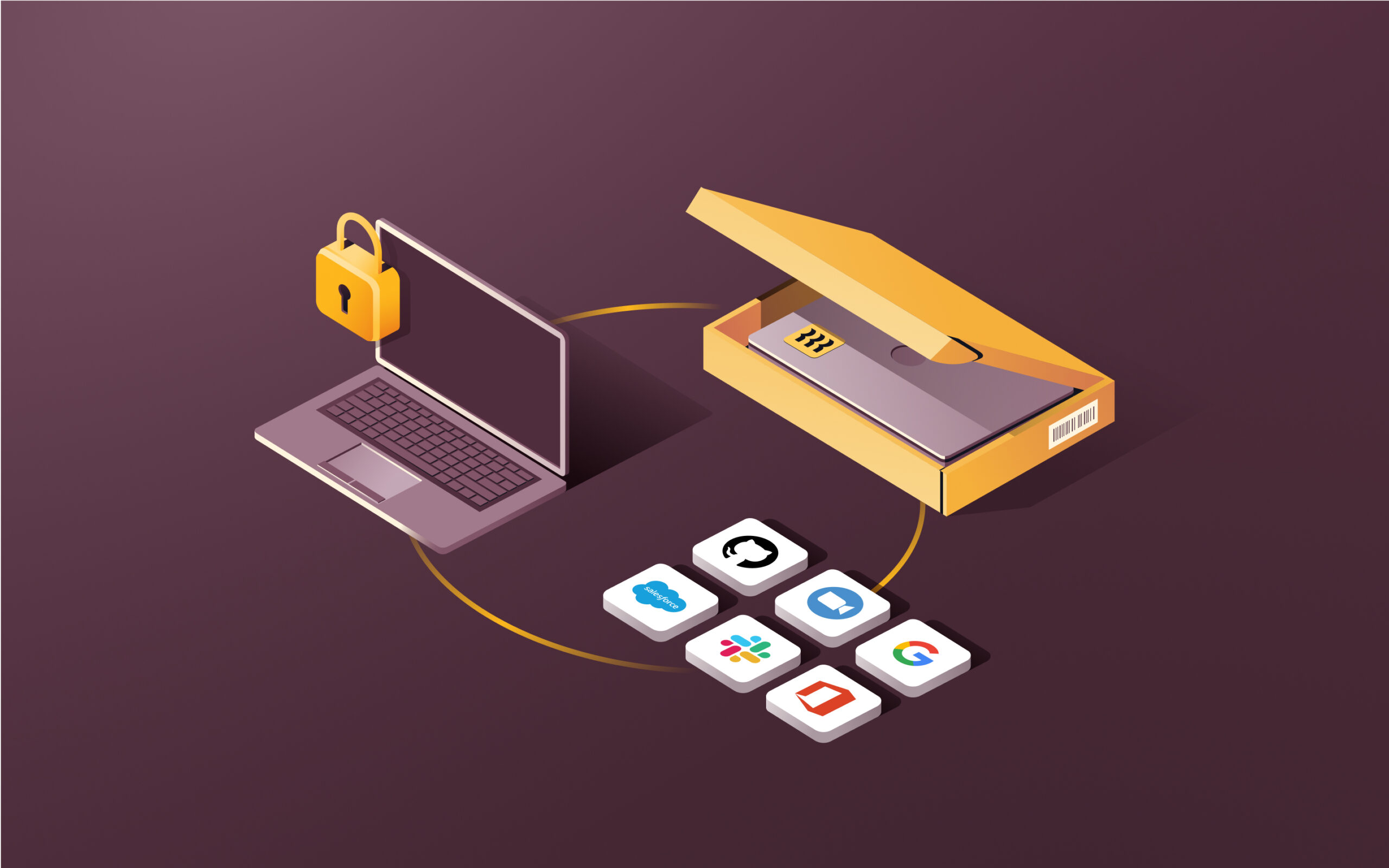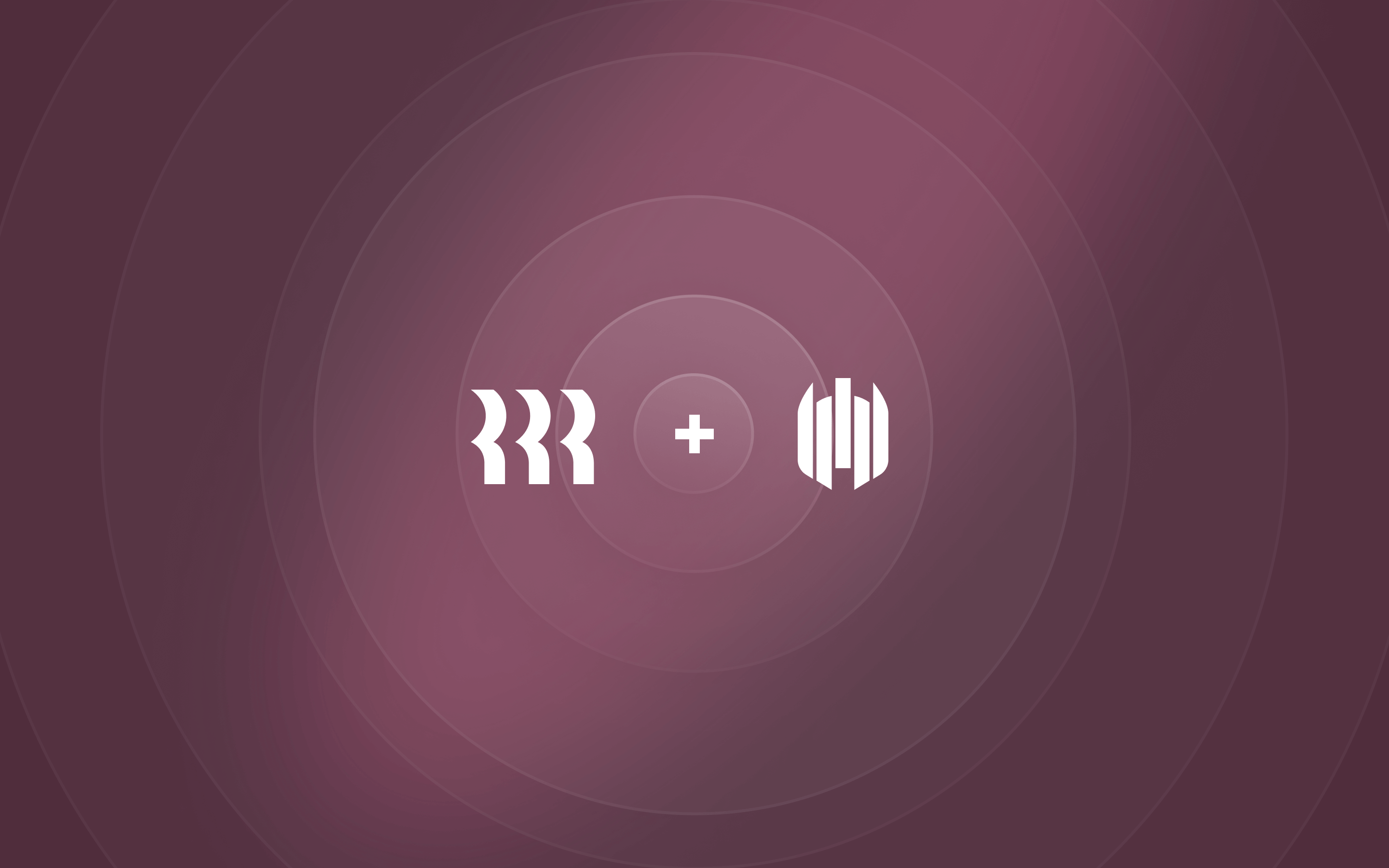Unified endpoint management (UEM): Definition and benefits
Key Takeaways
- Unified endpoint management is a solution that allows IT administrators to manage, secure, and monitor all company devices from a single platform, regardless of device type or operating system.
- UEM evolved from earlier solutions like mobile device management (MDM) and enterprise mobility management (EMM) to address the need for managing an increasingly diverse array of devices in modern workplaces.
- Key benefits of UEM include consistent security policy application, streamlined device lifecycle management, enhanced remote work security, and improved user productivity.
- When choosing a UEM solution, important factors to consider include device compatibility, application management capabilities, integration with existing tools, scalability, and user experience.
As an IT manager, one of your primary responsibilities is to ensure the security of your company's devices and endpoints. However, with the proliferation of smartphones, tablets, laptops, and desktops, managing all these devices effectively has become an increasingly complex task.
This is where unified endpoint management (UEM) comes into play. UEM provides a comprehensive solution for bringing all your devices under a single management platform, simplifying device management and enhancing overall security.
But what exactly is UEM, and how did it become the go-to solution for managing diverse device ecosystems? Let's explore this in more detail.
What is unified endpoint management (UEM)?
At its core, UEM is like a control center for all your company's devices. It's a sophisticated software solution that allows IT administrators to manage, secure, and monitor every device that connects to the company network, regardless of the device type or operating system.
You can think of UEM as a single pane of glass that gives you a bird's-eye view of your entire device landscape. From this central command post, you can deploy apps, enforce security policies, and troubleshoot issues across your whole fleet of devices with just a few clicks. This empowers your IT team to efficiently tackle any device management challenge that arises.
The evolution of UEM
UEM is the result of years of evolution in the device management space. To appreciate its significance, let's briefly review its history.
In the early days of mobile devices in the workplace, IT managers recognized the need to manage these new devices. Mobile device management (MDM) solutions emerged, focusing on device-level management and security. However, MDM had limitations in terms of functionality.
As mobile devices grew more sophisticated, mobile application management (MAM) was introduced. MAM provided IT with granular control over mobile apps, enabling the management and security of business apps while leaving personal apps and data untouched.
As the boundaries between work and personal devices blurred, enterprise mobility management (EMM) was developed. EMM combined MDM and MAM capabilities into a single platform, introducing advanced features like secure file sharing and identity management for enhanced control over mobile devices and apps.
However, as the range of devices in use quickly expanded and new device types and operating systems appeared, IT needed a solution to manage not only mobile devices but also desktops, laptops, and even IoT devices from a single console. UEM emerged to address this need, offering a truly unified approach to endpoint management that could adapt to the continuously changing array of devices.
Why do companies need unified endpoint management?
Managing a diverse array of devices can be a significant challenge. Here are some key reasons why UEM is important for companies with diverse device ecosystems:
Applying security policies consistently
With UEM, you can create a unified set of security policies and apply them to every device with minimal effort. This ensures that all devices adhere to the same security standards. For instance, if your company has a strict password policy that requires all devices to use strong, complex passwords, UEM allows you to define this policy once and push it out to every device in your fleet, from smartphones to desktops. This eliminates the need to manually configure each device and ensures consistent security across the board.
Unified control of endpoints
UEM provides a unified command center for all your endpoints. You can view the status of every device at a glance, deploy apps and updates efficiently, and troubleshoot issues from a centralized location. This empowers your IT team to effectively manage any device-related challenge that arises.
Streamlining device lifecycle management
UEM also covers the entire device lifecycle, from onboarding to retirement. With features like zero-touch enrollment, you can automate the provisioning and configuration of new devices, minimizing manual intervention. When a device reaches the end of its lifecycle, UEM simplifies the process of securely wiping corporate data and preparing the device for its next phase.
Real-world example: When a new employee receives a laptop, UEM allows you to automatically push all the necessary apps, settings, and security policies to the device as soon as it's powered on. Similarly, when an employee leaves the company, you can use UEM to remotely wipe the device and revoke access to corporate resources, ensuring data security.
Enabling secure remote work
With the growing trend of remote work, ensuring the security of devices accessing corporate data from anywhere is paramount. UEM provides the necessary tools to secure your remote workforce, regardless of their location or the devices they use. In other words, UEM enables you to enforce security measures such as encryption, VPN access, and restrictions on apps or websites based on a device's location or security posture. This ensures that every device accessing corporate data is compliant and secure.
Enhancing user productivity
At the end of the day, your employees just want to get their work done without jumping through a bunch of hoops. UEM can help by providing a seamless, consistent experience across all devices. Features like single sign-on and self-service app catalogs make it easy for employees to access the tools they need to be productive, while still maintaining security and compliance.
UEM solutions: 10 best unified endpoint management software
With a wide array of UEM solutions on the market, it can be challenging to determine which one best fits your organization's needs. To help you make an informed decision, let's take a closer look at some of the top UEM software options available, examining their key features and benefits.
Rippling
Rippling is a comprehensive UEM solution that stands out for its ability to unify identity, device, and inventory management within a single platform. By leveraging native user and device data, Rippling enables organizations to strengthen security and streamline device management across the entire user lifecycle.
Features
- Enforces granular security policies based on user roles and attributes
- Automates device provisioning, configuration, and management workflows
- Provides pre-built integrations with over 600 third-party applications
- Delivers comprehensive visibility through a centralized dashboard
Benefits
- Eliminates data silos and manual reconciliation through unified identity management
- Enhances security posture with dynamic, role-based access controls
- Reduces IT workload through automated onboarding, offboarding, and device management
- Improves end-user experience with self-service features and consistent policies across devices
Microsoft Intune
Microsoft Intune is a cloud-based UEM solution that seamlessly integrates with the broader Microsoft 365 ecosystem. It empowers organizations to manage and secure endpoints across various platforms, including Windows, macOS, iOS, Android, and Linux.
Features
- Offers built-in endpoint security features and integrations with Microsoft Defender for Endpoint
- Enables MAM for granular app-level control and security
- Delivers endpoint analytics for insights into device performance and user experience
Benefits
- Provides cross-platform endpoint management for a wide range of devices
- Strong focus on security with native features and integrations
Ivanti Neurons for UEM
Ivanti Neurons for UEM is another cloud-based solution that provides a single pane of glass for discovering, managing, and securing all devices. It leverages AI-powered automation to proactively secure and heal devices, ensuring a seamless user experience.
Features
- Real-time asset discovery for a single source of truth
- Self-healing capabilities to reduce routine tasks and troubleshooting
- Natural language processing (NLP) for quick operational awareness
Benefits
- Proactive issue diagnosis and remediation using AI
- End-to-end lifecycle management for diverse device types
ManageEngine Endpoint Central
ManageEngine Endpoint Central offers a centralized UEM platform for managing and securing diverse endpoints across an enterprise. It provides a wide range of features to streamline IT operations, enhance security, and improve end-user experience.
Features
- Automated patch management for Windows, Mac, Linux, and third-party applications
- Mobile device management for iOS, Android, and Windows devices
- Robust security features, including ransomware protection, data loss prevention, and endpoint privilege management
Benefits
- Single-console visibility and control over a heterogeneous device environment
- Extensive remote troubleshooting capabilities for efficient issue resolution
NinjaOne
NinjaOne is a cloud-based unified IT management solution that simplifies endpoint management, patching, and remote support. It offers a centralized platform to monitor and manage a diverse array of devices, including desktops, laptops, servers, and mobile devices.
Features
- Endpoint management across Windows, Mac, Linux, iOS, and Android devices
- Automated patch management for operating systems and third-party applications
- Integrated remote access for efficient troubleshooting and support
Benefits
- Single-pane-of-glass visibility and control over the entire IT infrastructure
- Automation capabilities to streamline repetitive tasks and improve efficiency
HCL BigFix
HCL BigFix is an AI-powered endpoint management platform that enables IT operations and security teams to automate discovery, management, and remediation of endpoints across various operating systems and environments.
Features
- Support for nearly 100 different operating systems, including on-premise, virtual, and cloud environments
- Continuous compliance with industry benchmarks using out-of-the-box checklists
- Integration with leading vulnerability scanners for fast discovery, prioritization, and mitigation of security vulnerabilities
Benefits
- Unified platform for endpoint management, security, and compliance
- Extensive library of automation and remediation content
IBM Security MaaS360
IBM Security MaaS360 is another AI-driven UEM solution that helps organizations manage and protect their mobile workforce. It simplifies and automates device management and cybersecurity across various operating systems and device types, enabling secure access and a satisfying user experience.
Features
- Support for iOS, Android, iPadOS, macOS, Windows, and Chrome OS endpoints
- AI-powered insights and analytics for informed decision-making and optimized costs
- Native endpoint security features, including SMS and email phishing protection
Benefits
- Rapid scalability for technology ecosystems and BYOD initiatives
- Enterprise-grade threat defense with automated threat detection and remediation
Hexnode UEM
Hexnode UEM is a cloud-based UEM solution that enables businesses to manage and secure endpoints from a centralized console. It offers extensive support for major platforms, including Android, iOS, macOS, Windows, and tvOS, along with advanced features for device management, app management, and security.
Features
- Simplified device enrollment with various options, including zero-touch and QR code enrollment
- App management, including app distribution, blocklisting, allowlisting, and app catalogs
- Secure content management with containerization and data loss prevention (DLP) features
Benefits
- Advanced remote management capabilities, including remote view and control
- Geofencing and location tracking for device security and policy enforcement
SureMDM
SureMDM is an intuitive MDM solution that simplifies device lifecycle management across various platforms, including Android, iOS, macOS, Windows, Linux, and Wear OS. It enables IT administrators to secure, monitor, and manage both company-owned and employee-owned devices from a single console.
Features
- Streamlined device enrollment and provisioning, including zero-touch and BYOD options
- Robust app management with enterprise app store and kiosk lockdown capabilities
- Remote troubleshooting and management for minimizing device downtime
Benefits
- Flexible deployment options with cloud-hosted (SaaS) and on-premise solutions
- Enhanced security and compliance features, including DLP and remote wipe
Citrix Endpoint Management
Citrix Endpoint Management is a UEM solution that provides a unified view of every app and endpoint to enhance security and productivity. It offers robust MDM and MAM capabilities for managing and securing devices, apps, and data across various platforms, including Android, iOS, macOS, and Windows.
Features
- Flexible deployment options, including cloud and on-premises
- Integration with Citrix Virtual Apps and Desktops for virtualized application and desktop delivery
- Support for BYOD initiatives with containerization and data separation
Benefits
- Strong security features, such as device encryption, remote wipe, and micro-VPN for app-level security
- Seamless integration with other Citrix products and services for a comprehensive digital workspace solution
Choosing the right unified endpoint management tools
With numerous UEM solutions available, selecting the right one for your organization can be challenging. Consider the following key features when evaluating UEM tools:
Device compatibility
Ensure that the UEM solution you choose can manage all the devices in your fleet, including smartphones, tablets, laptops, and desktops. Look for a tool that supports a wide range of operating systems and device types to avoid the need for separate solutions for specific devices.
Application management
Applications play a vital role in modern businesses. A robust UEM solution should simplify the deployment, management, and security of apps across all devices. Features like app wrapping and containerization help keep corporate data separate from personal data on BYOD devices.
Integration with existing tools
Your UEM solution shouldn't exist in a vacuum—it should play nicely with the rest of your IT ecosystem. Look for a tool that can integrate with your existing identity management, security, and IT service management tools, so you can manage your entire environment from a single pane of glass.
Scalability and performance
As your company grows, your device fleet will likely expand as well. Choose a UEM solution that can scale with your organization without compromising performance or security. Look for a tool that can efficiently handle large-scale device deployments and updates and can accommodate your company's growth over time.
User experience
A UEM solution that's hard to use or that creates friction for your employees will quickly become a source of frustration. Look for a tool with an intuitive interface and self-service options, so your employees can get the support they need without bogging down IT.
Manage devices and maximize security with Rippling
Rippling stands out as a comprehensive UEM solution that simplifies device management and maximizes security across all endpoints, from smartphones to desktops and beyond.
With Rippling, you can automate device enrollment and configuration, ensuring that new devices are ready for use immediately. The platform enables you to enforce consistent security policies across your entire fleet, with features like device encryption, secure browsing, and remote lock and wipe capabilities.
Moreover, Rippling integrates with a wide range of other IT tools and services, such as identity management, application management, and security solutions. This integration allows you to manage your entire IT ecosystem from a unified platform, eliminating the need to juggle multiple tools and consoles.
Frequently asked questions
UEM vs. MDM: What's the difference?
MDM focuses specifically on managing and securing mobile devices like smartphones and tablets. In contrast, UEM is a more comprehensive solution that can manage all your endpoints, including mobile devices, desktops, and laptops. Consider MDM as a specialized solution that addresses a specific subset of devices, while UEM is an all-encompassing solution that can handle your entire device management needs.
How does UEM improve security for my organization?
By providing a centralized platform for managing and securing all endpoints, UEM enables you to enforce consistent security policies across your entire device fleet. With UEM, you can enforce strong password policies, implement encryption, and restrict access to apps or websites based on a device's security posture. Real-time monitoring of device health and compliance allows you to promptly identify and mitigate potential security risks.
Can UEM solutions integrate with other IT management tools?
Integration is a key aspect to consider when evaluating UEM solutions. A robust UEM tool should seamlessly integrate with your existing IT ecosystem, including identity management, security, and IT service management platforms.
Schedule a demo with Rippling IT today
This blog is based on information available to Rippling as of August 23, 2024.
Disclaimer: Rippling and its affiliates do not provide tax, accounting, or legal advice. This material has been prepared for informational purposes only, and is not intended to provide or be relied on for tax, accounting, or legal advice. You should consult your own tax, accounting, and legal advisors before engaging in any related activities or transactions.











